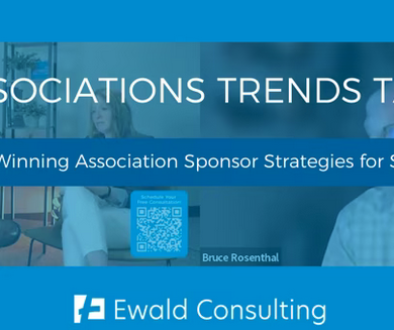The Science of Learning: Delivering Effective Training
Research has found that the brain’s ability to retain information decreases over time exponentially, often referred to as Ebbinghaus’ Forgetting Curve. After just a couple days, retention of new information can drop to around 40%. Utilizing instructional best practices including increasing interactivity and ensuring the training is relevant will help combat the forgetting curve. Understanding how the human brain processes information and how people learn will assist with…
Boredom Inhibits Learning
- Our brains are trained to pay attention to new and unusual inputs
- Have you incorporated engagement strategies?
- Is your instruction broken up into manageable chunks?
- Collaboration – Get your audience involved; interactive experience is more memorable than passive
- Have you “hooked” your audience with an engaging opening?
Short-Term Memories Are Temporary
- Learning must be repeated and revisited to be moved into long-term memory
- Add checks for understanding to gauge understanding
- Make connections between concepts to repeat learning in multiple scenarios
Learner-Driven
- Ensures learning is applicable
- Ownership over the learning and output
- Active role in learning
- Need to see relevance in learning as it is no longer required
Visuals are Critical
- 80-90% of the information our brain processes comes in through our eyes
- It takes about ¼ second for the brain to process and attach meaning to a symbol
- The brain is capable of absorbing 36,000 images every minute
- In contrast, it takes an average of 6 seconds to read 20-25 words.
- One study found that a presentation that was delivered with visual aids was 43% more effective at getting people to take action than the same presentation was delivered without visuals.
Struggle is Good
- Creating challenge in learning requires the learner to do the mental heavy lifting.
- Mistakes can be the most valuable teacher
Learning Needs to be Immediately Relevant
- What is the added value and results for me?
- Humans process hundreds of thousands of sensory inputs daily. In order to trigger the brain that it is valuable and should be retained, the information should be relevant and applicable. This is why learning objectives should be utilized.
Resources
https://www.growthengineering.co.uk/what-is-the-forgetting-curve/
https://www.td.org/insights/brain-rules-what-science-says-about-how-we-learn
https://trainingindustry.com/articles/content-development/how-the-brain-learns/
- Thorpe, S., Fize, D. & Marlot, C. (1996). Speed of processing in the human visual system, Nature, Vol 381.
https://prezi.com/the-science/
Learning and Leading with Habits of the Mind
Arthur l. Costa and Bena Kallick, Editors. 2008
https://docs.wixstatic.com/ugd/134369_e28dfbe4dc4643cfb9b5c44bf5f51574.pdf




